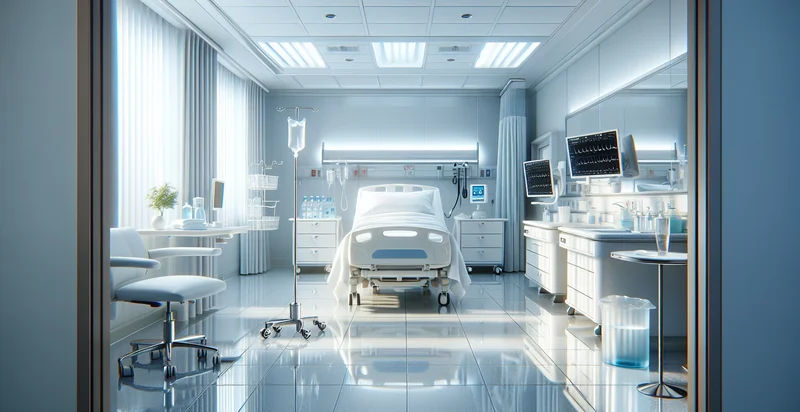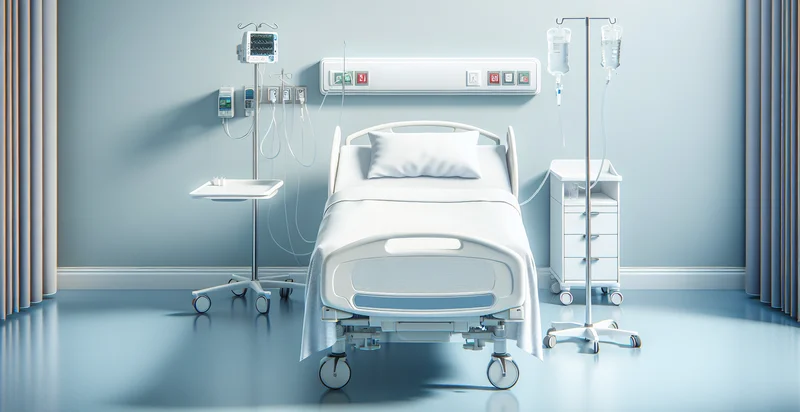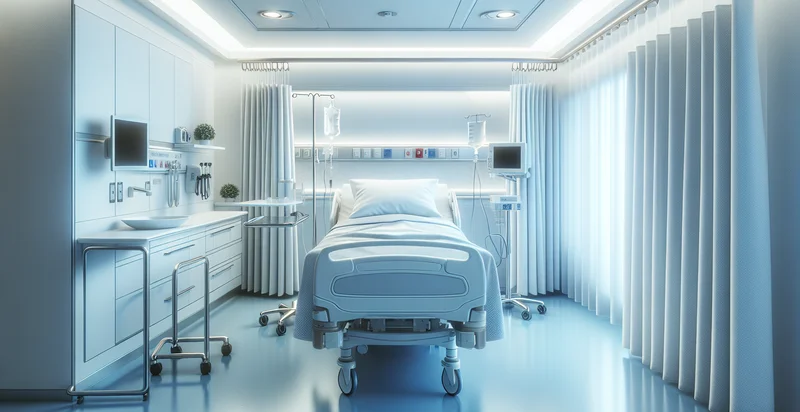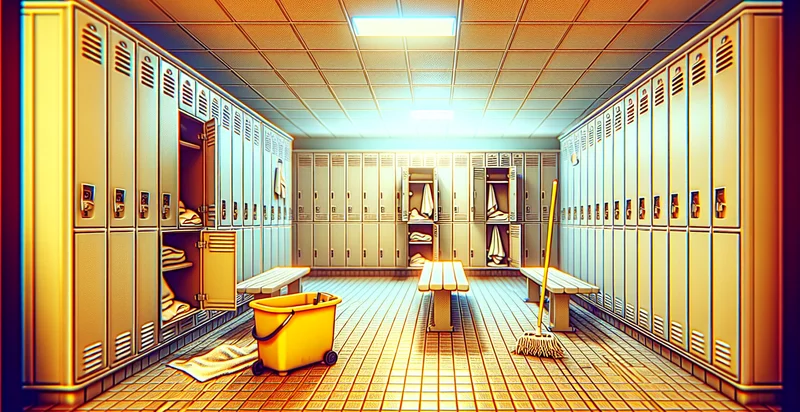Identify hospital room cleanliness
using AI
Below is a free classifier to identify hospital room cleanliness. Just upload your image, and our AI will predict the cleanliness level of a hospital room. - in just seconds.

Contact us for API access
Or, use Nyckel to build highly-accurate custom classifiers in just minutes. No PhD required.
Get started
import nyckel
credentials = nyckel.Credentials("YOUR_CLIENT_ID", "YOUR_CLIENT_SECRET")
nyckel.invoke("hospital-room-cleanliness", "your_image_url", credentials)
fetch('https://www.nyckel.com/v1/functions/hospital-room-cleanliness/invoke', {
method: 'POST',
headers: {
'Authorization': 'Bearer ' + 'YOUR_BEARER_TOKEN',
'Content-Type': 'application/json',
},
body: JSON.stringify(
{"data": "your_image_url"}
)
})
.then(response => response.json())
.then(data => console.log(data));
curl -X POST \
-H "Content-Type: application/json" \
-H "Authorization: Bearer YOUR_BEARER_TOKEN" \
-d '{"data": "your_image_url"}' \
https://www.nyckel.com/v1/functions/hospital-room-cleanliness/invoke
How this classifier works
To start, upload your image. Our AI tool will then predict the cleanliness level of a hospital room..
This pretrained image model uses a Nyckel-created dataset and has 5 labels, including Clean, Dirty, Slightly Dirty, Unhygienic and Very Dirty.
We'll also show a confidence score (the higher the number, the more confident the AI model is around the cleanliness level of a hospital room.).
Whether you're just curious or building hospital room cleanliness detection into your application, we hope our classifier proves helpful.
Related Classifiers
Need to identify hospital room cleanliness at scale?
Get API or Zapier access to this classifier for free. It's perfect for:
- Quality Control Monitoring: This function can be used to regularly monitor the cleanliness of hospital rooms, ensuring that they meet hygiene standards. By automatically classifying rooms as clean or unclean, hospitals can respond more quickly to maintain a safe environment for patients.
- Staff Training Enhancement: The false image classification tool can be integrated into training programs for housekeeping staff. By analyzing and providing feedback on room cleanliness, the tool can help staff understand proper cleaning protocols and improve overall performance.
- Patient Satisfaction Surveys: Hospitals can utilize the identifier to enhance patient experience by correlating cleanliness data with patient satisfaction scores. Identifying cleanliness issues can help healthcare providers address areas that impact patient comfort and confidence in hospital services.
- Infection Control Protocols: The classification function can play a crucial role in infection control by identifying areas that require immediate cleaning or disinfection. This proactive approach can help reduce the risk of hospital-acquired infections, improving patient safety.
- Resource Allocation: This tool can assist hospital management teams in optimizing labor and cleaning resource allocation. By identifying which rooms are frequently classified as unclean, management can allocate cleaning staff more efficiently based on real-time data.
- Regulatory Compliance: Hospitals can use the classification function to ensure compliance with cleanliness regulations and standards set by health authorities. Documenting cleanliness assessments can provide evidence during audits and inspections.
- Predictive Maintenance for Cleaning Supplies: By analyzing cleanliness patterns using the identifier, hospitals can predict when cleaning supplies or equipment will need replenishment. This ensures that cleaning staff are always equipped with necessary materials, enhancing efficiency in maintaining room hygiene.


